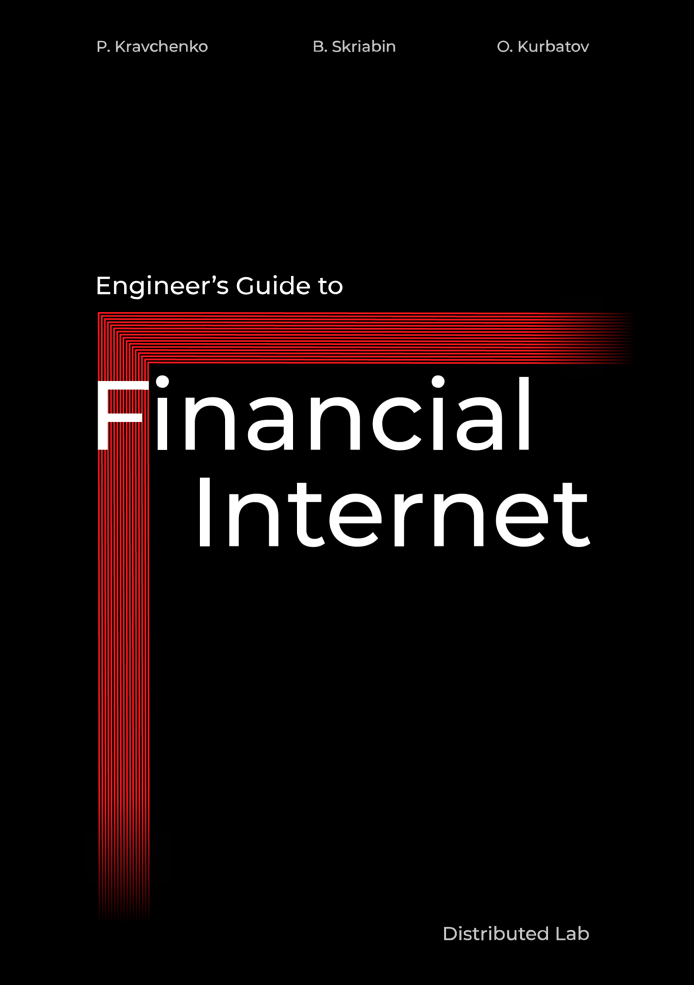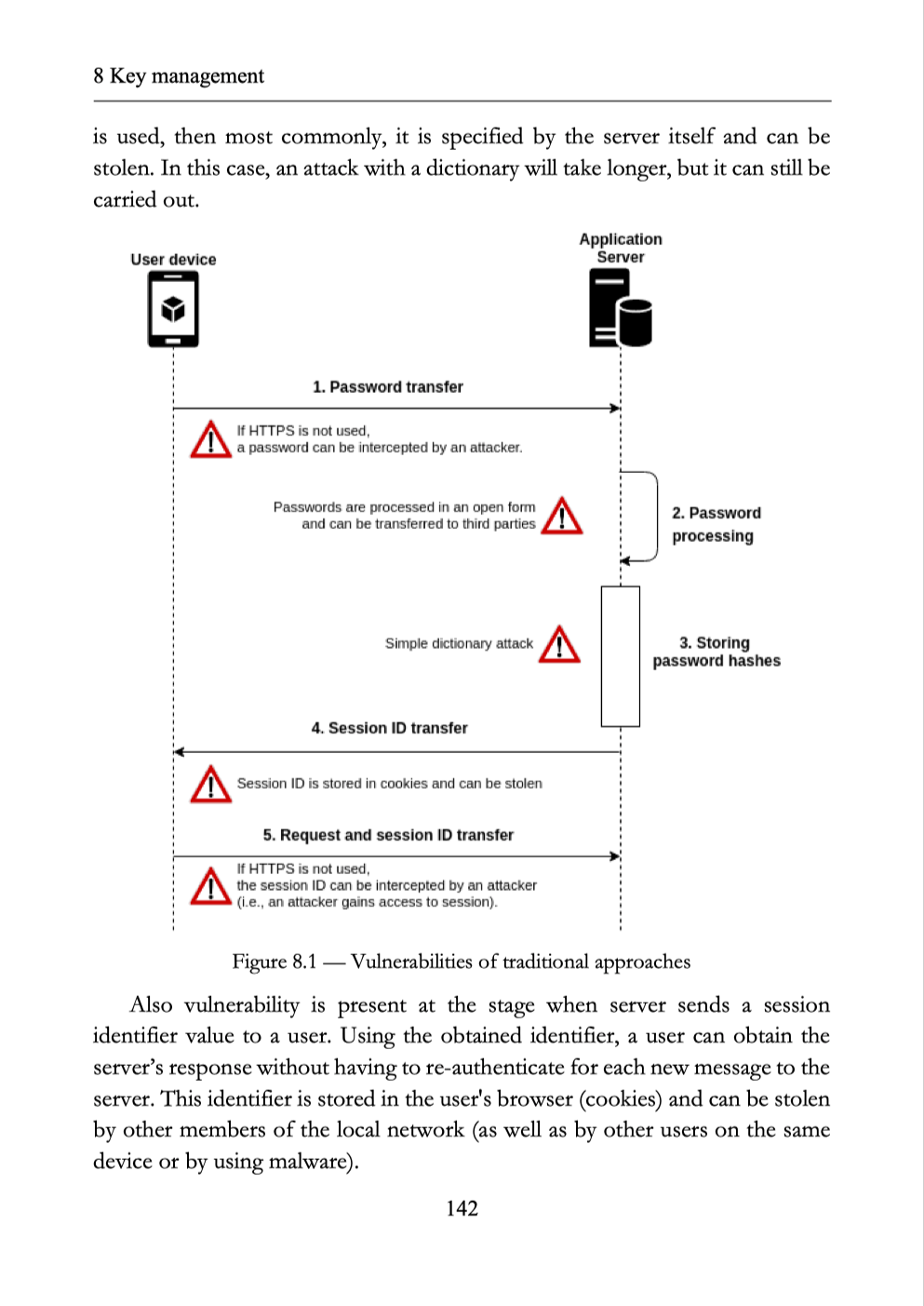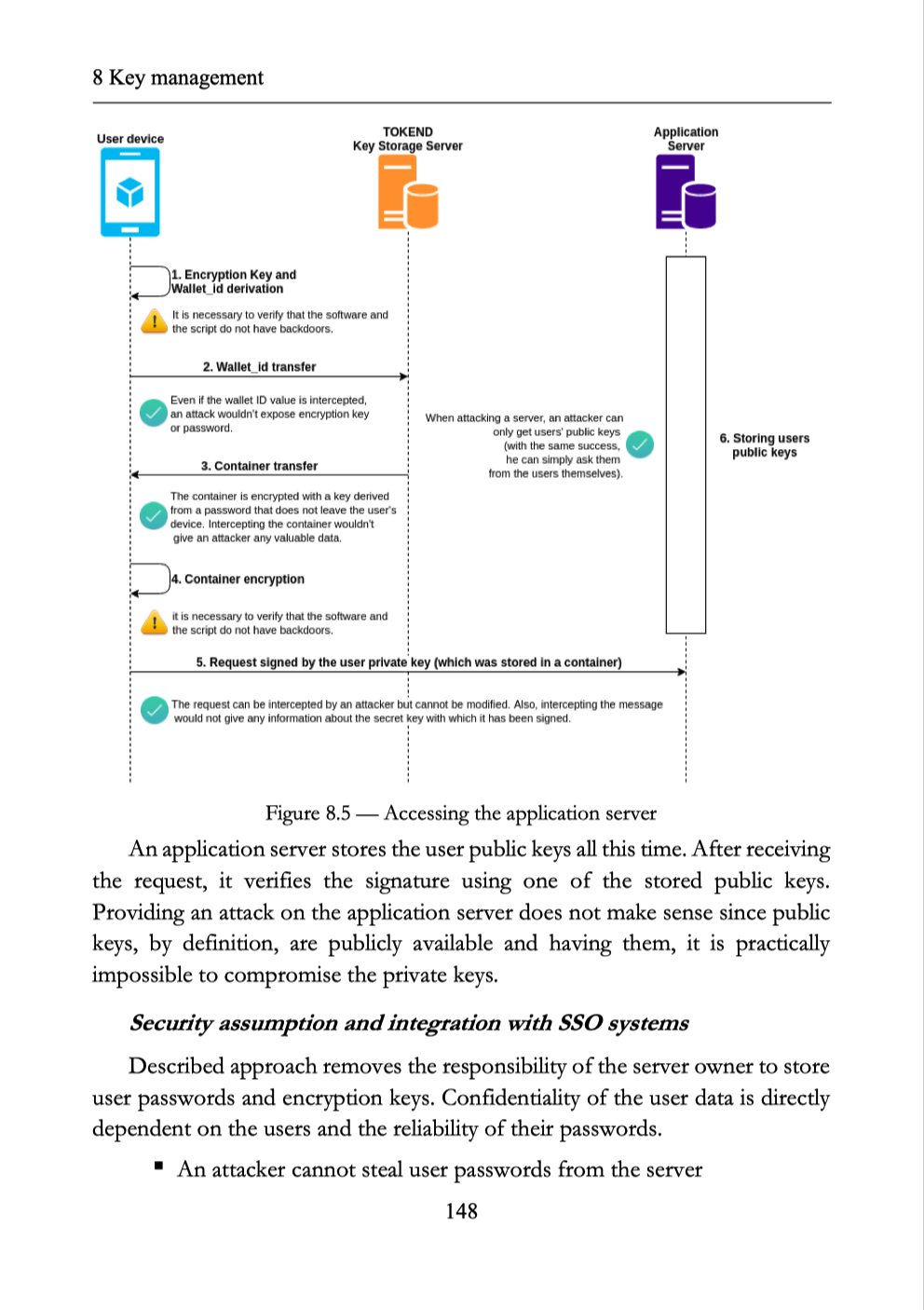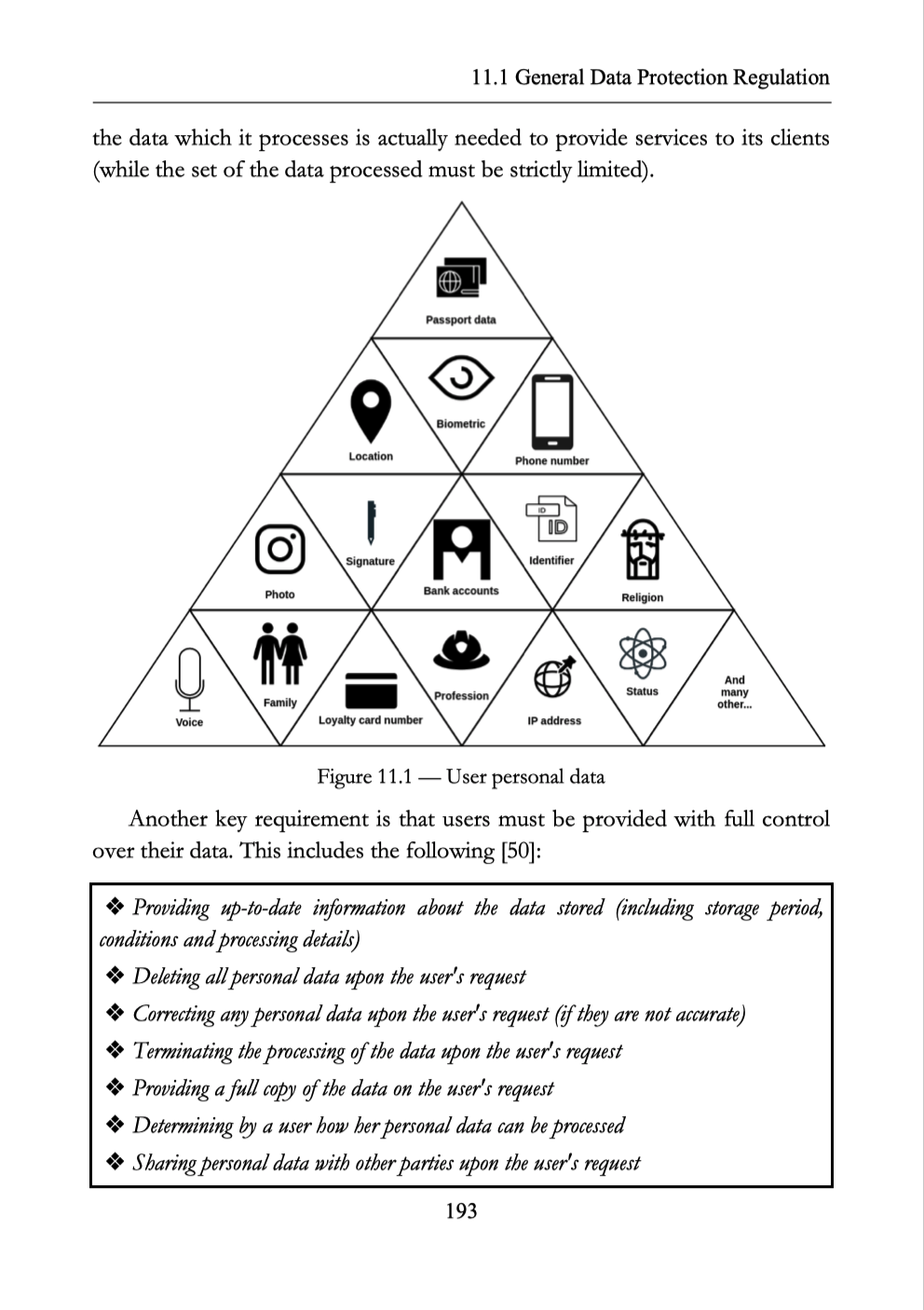
(Authors’ Edition)
*Pre-order is only available for buyers in Ukraine
Engineer's Guide to Financial Internet
This book wasn’t born as an attempt to predict the future. It was born as a consequence, as a result, of solving the problem. The problem of the cumbersomeness of today’s financial systems.
There are thousands of systems in the world; most of them are proprietary, have no specifications or APIs, and only a limited number of people know how to support them. The development of such systems more resembles craftsmanship than technology.
Throughout four years, we had been executing projects, stepping on rakes, analyzing, and improving—eventually we came up with the approaches and with our global mission.
This book is the result of this work. We defined the scope of our vision, wrote it down, and documented all the approaches applied. They might not be the best, but they work in practice today. Essentially, what we produced is a kind of a set of blueprints about how to build accounting systems in the internet age that must use cryptography.
Show moreShow less
*Pre-order is only available for buyers in Ukraine
Financial Internet Manifesto
- Financial Internet is a set of independent systems that "speak" the same language.
- Technology ensures the freedom of choice of the asset users want to transact.
- Transaction validation is performed by the involved parties only.
- Transaction metadata (even the fact of its existence) can be private but can be proven by any involved party.
- Users solely control access to the assets they own.
- Financial Internet protocols and reference components should be a common good.
For an engineer, this means that:
- There is no single identity provider
- There is no global shared ledger
- There is no single "native" currency for transferring value between accounting systems
- All systems are independent, modular and can interoperate with other applications
- All systems should have a unified API to communicate with each other
- End users have access to a variety of applications (browsers) that all provide access to their digitized assets in any system
- All accounts are managed via cryptographic keys
For business people:
(if you are reading this)
Financial Internet means free transactions, hassle-free accounting, easy onboarding for every person in the world, new business models, and no more papers.
(what's inside)



(1 / 3)
How the idea of was born
On the 8th of May, 2015, at the DBS blockchain hackathon in Singapore, Vladimir Dubinin and I came up with the vision for the future. Since then we have built and designed over 20 systems using the techniques described in this book. It became clear that all accounting systems in the world will be changed in a way to communicate in the same language, and engineers will have A LOT of work to do. This book is an attempt to summarize our experience and help them to save time, money, and hassle.

Pavel Kravchenko Ph.D., Co-founder & CEO, Distributed Lab

